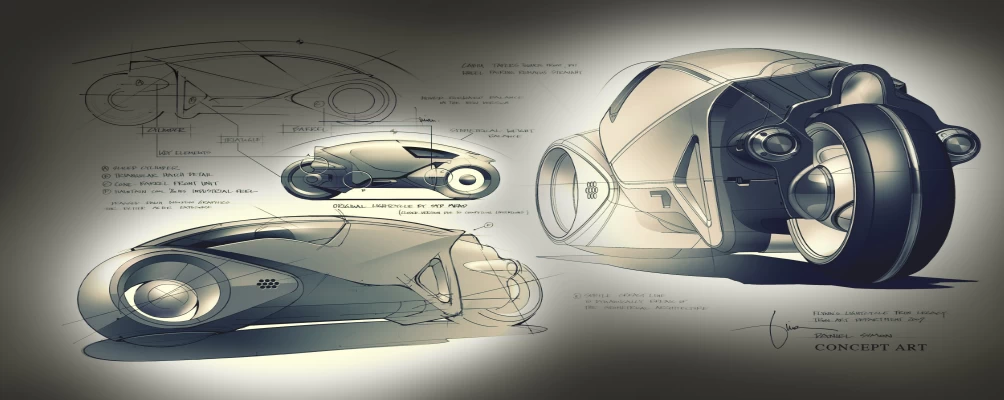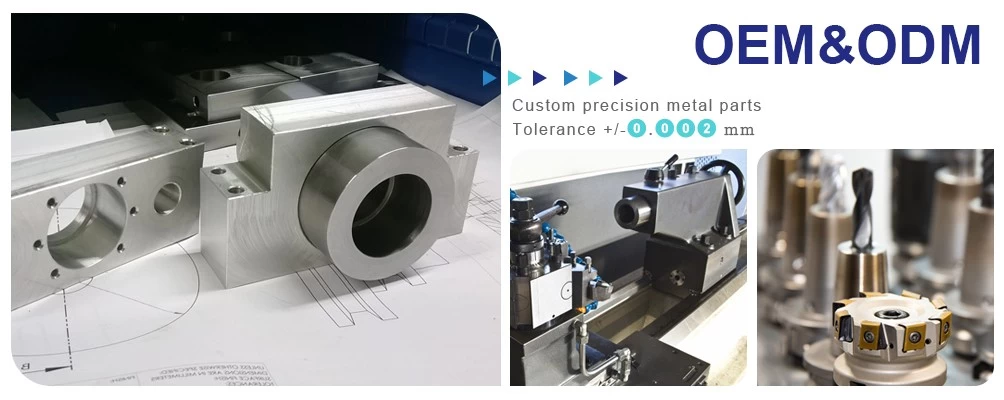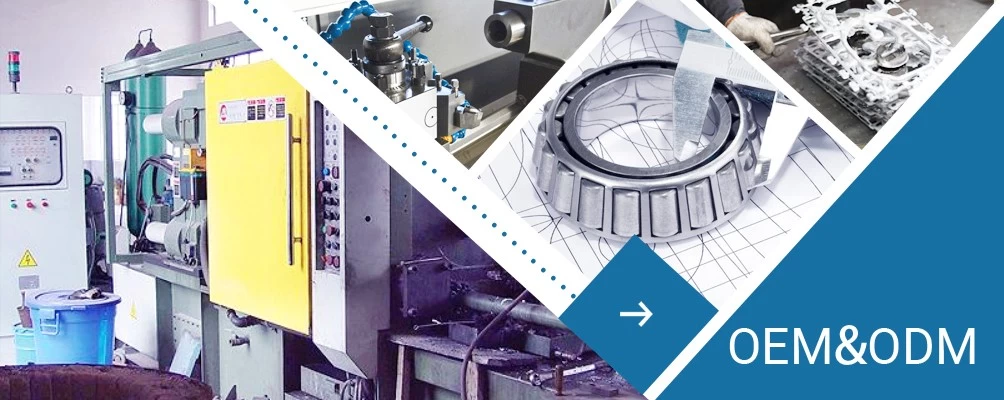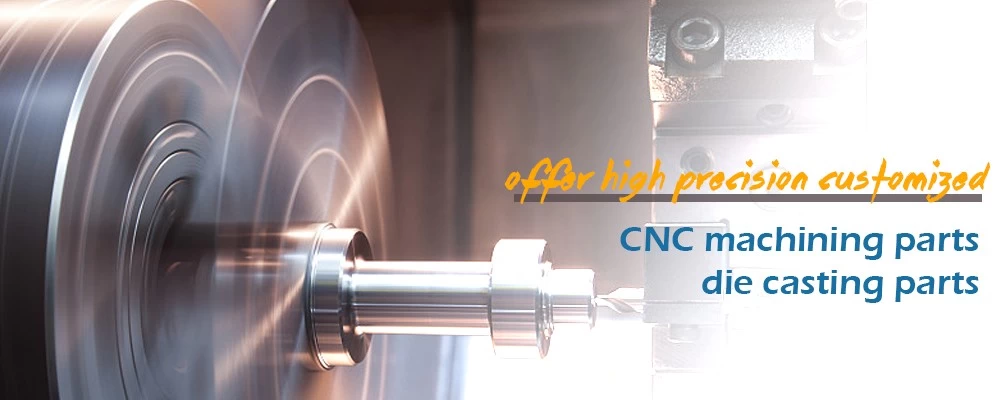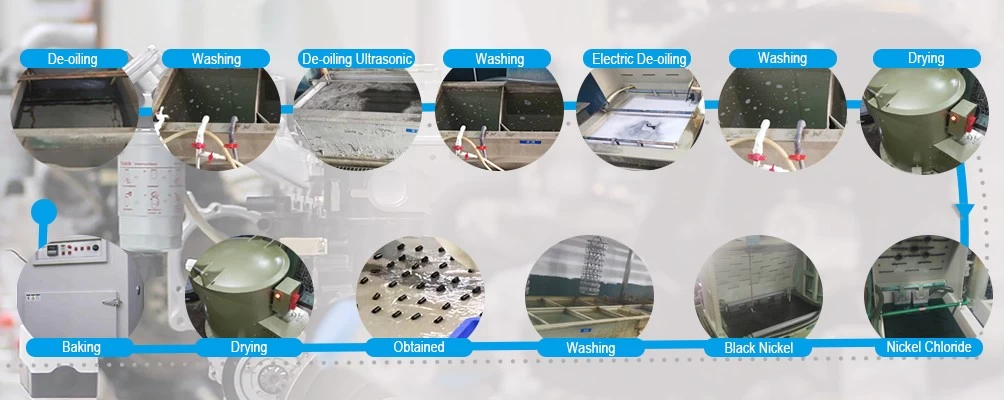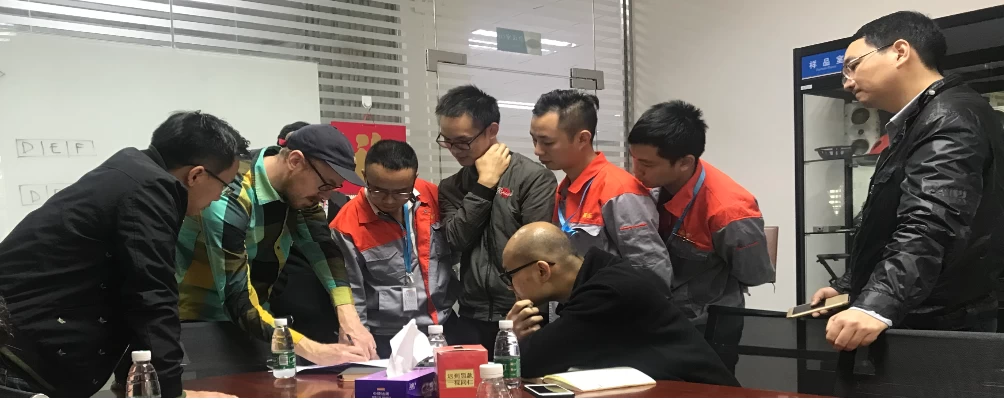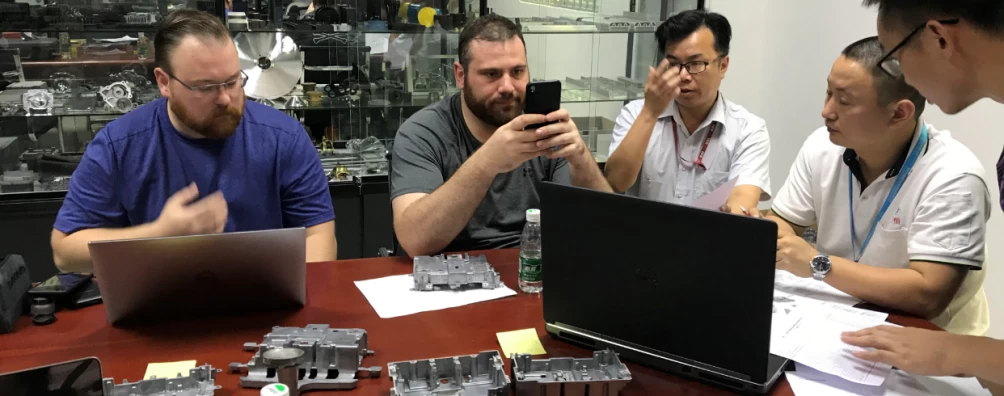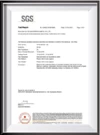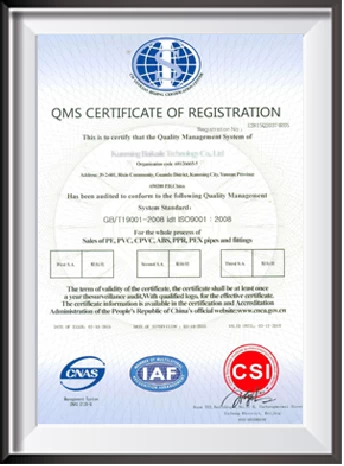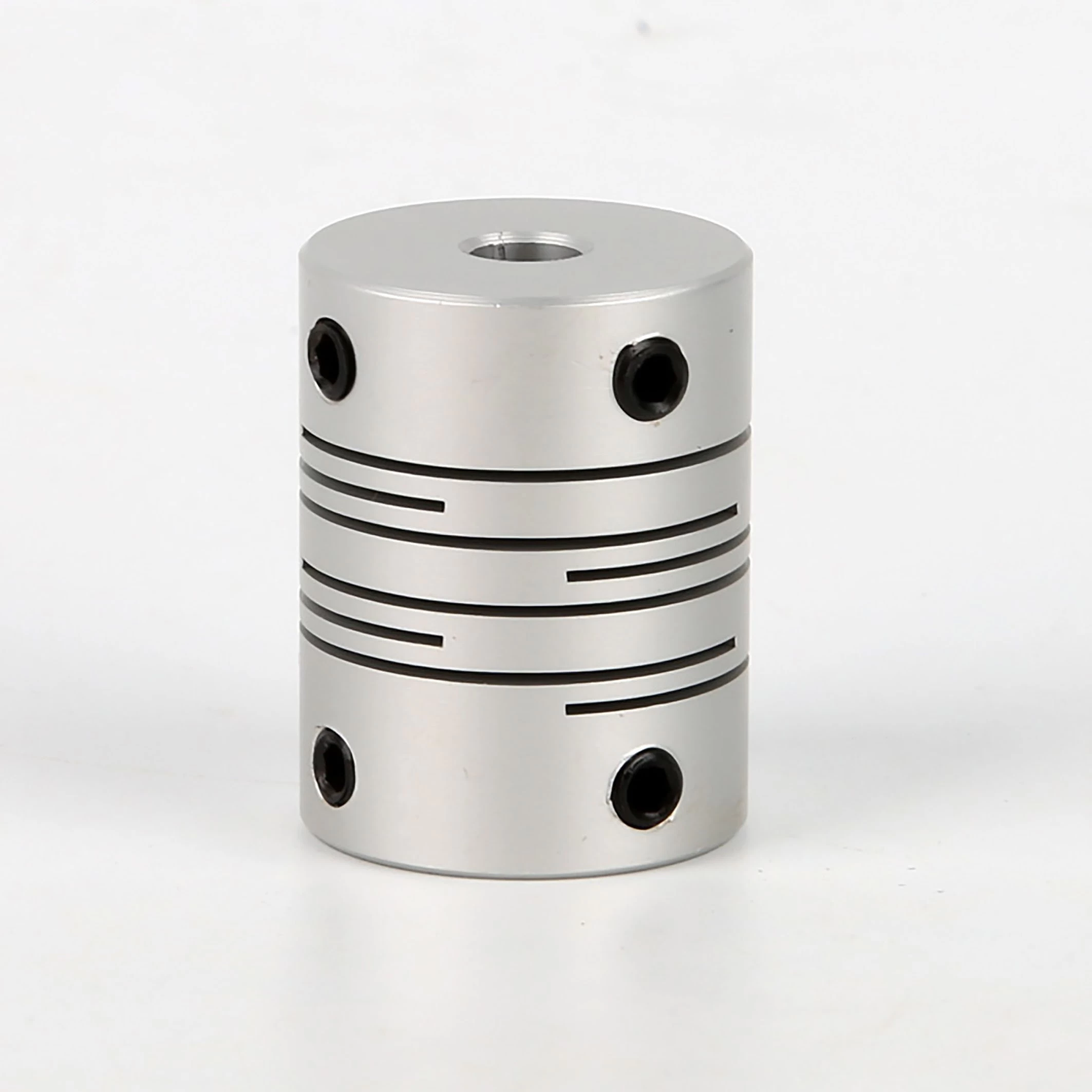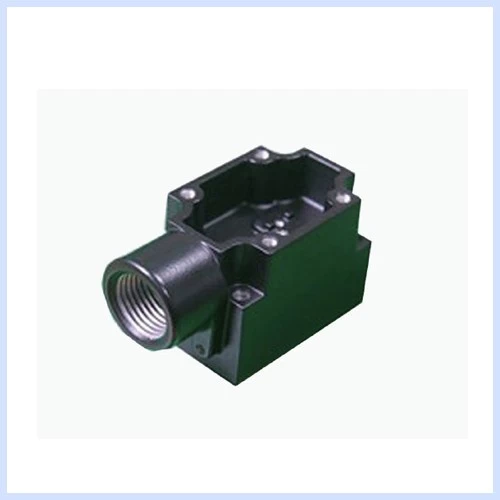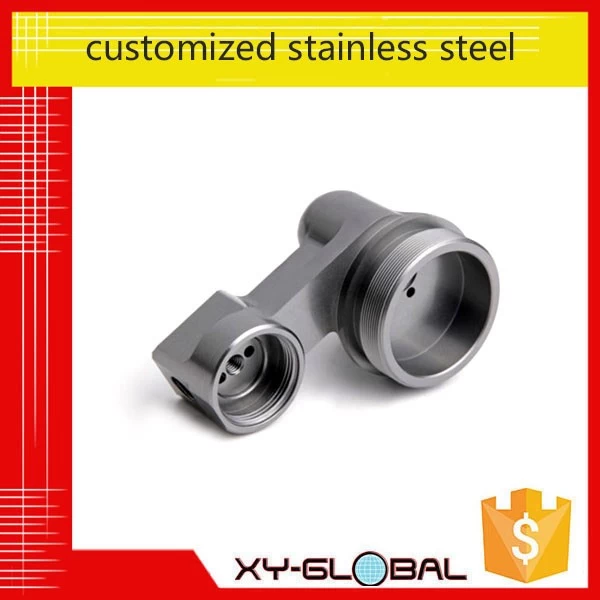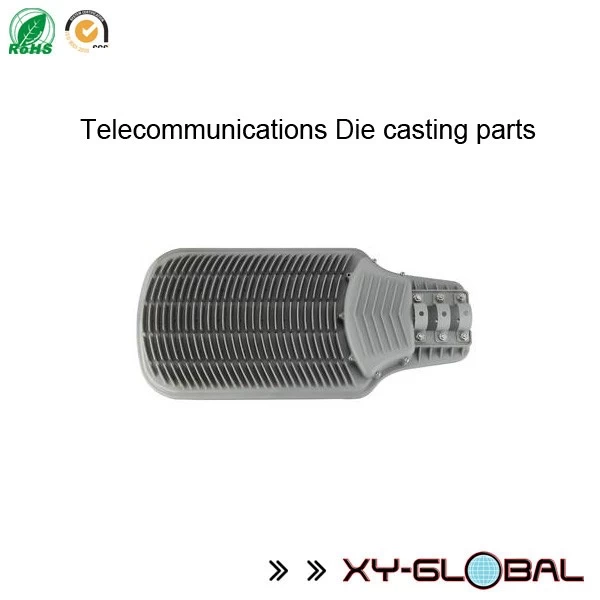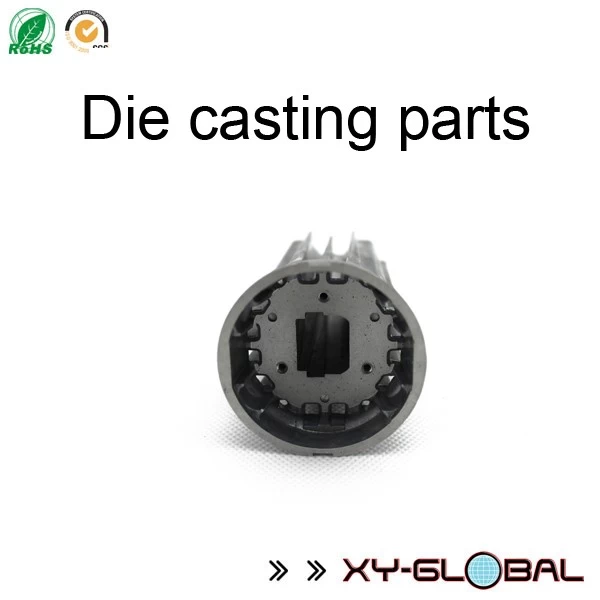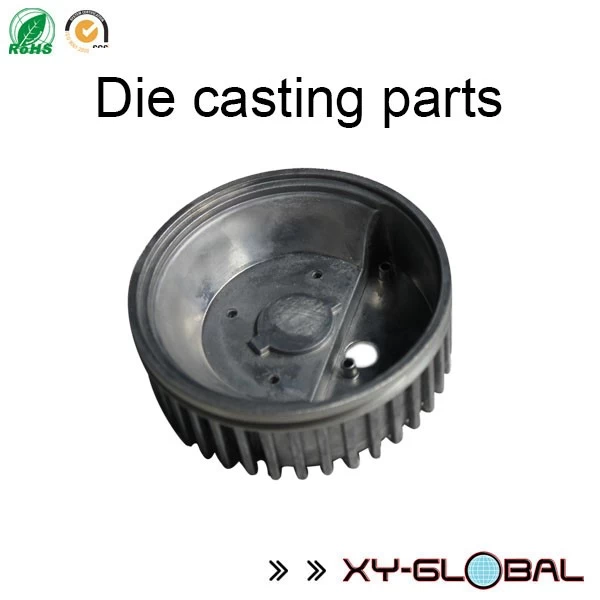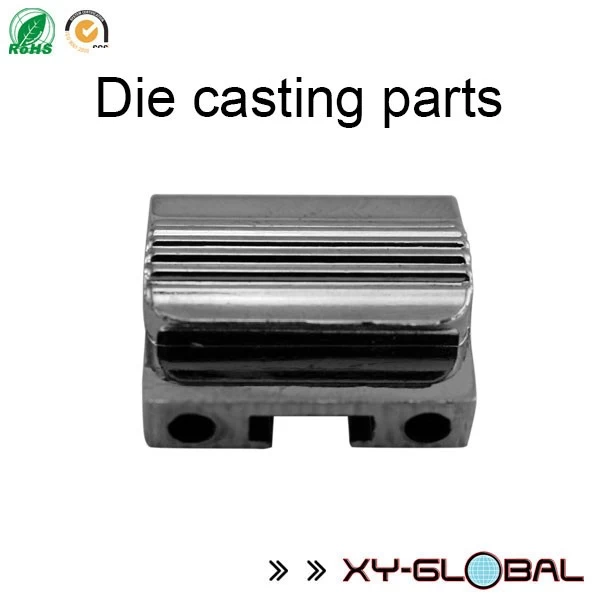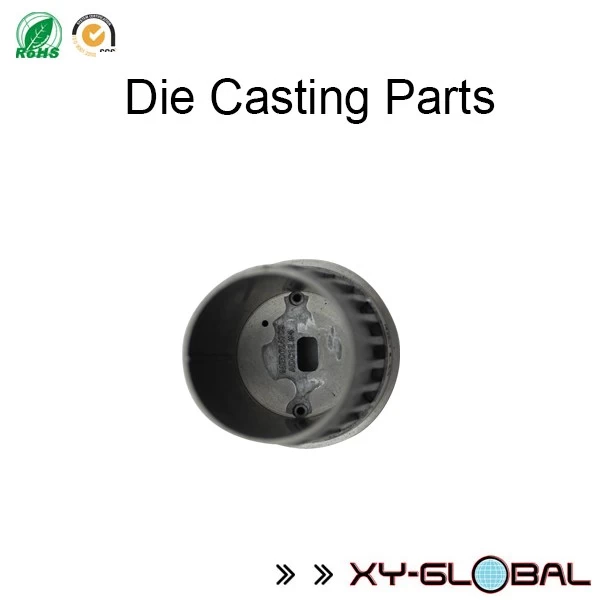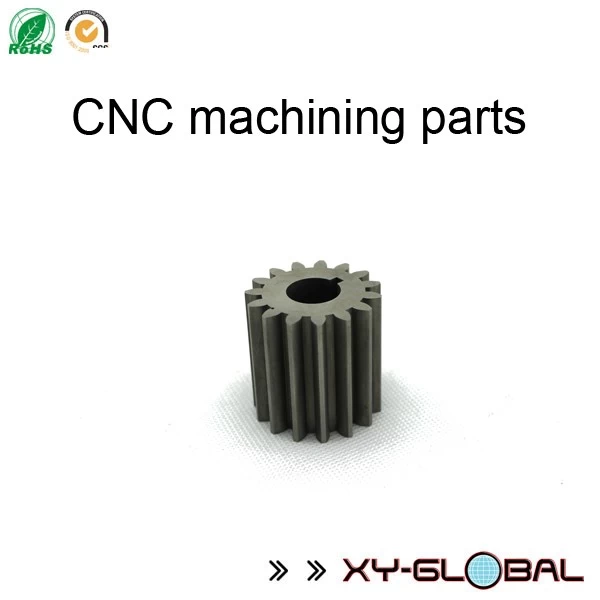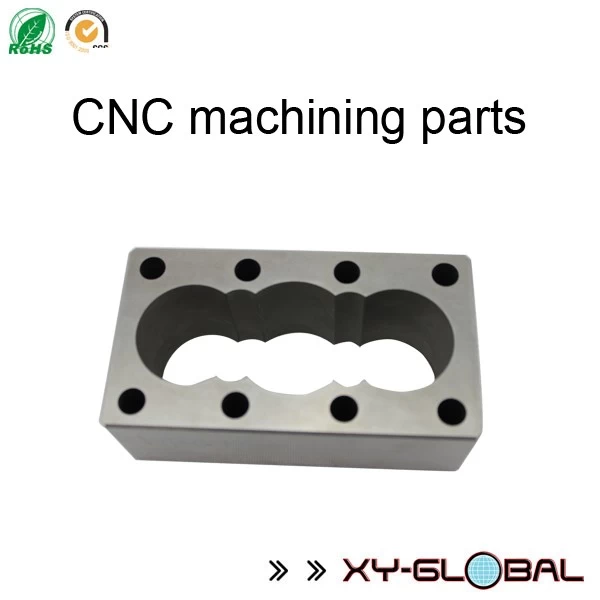Causes of bladder defects in zinc alloy jets
The alloy jets of alloy zinc are currently widely used in various decorations, such as accessories for furniture, architectural decorations, bathroom accessories, lighting parts, toys, ties, belt buckles, various metal buckles, etc. Therefore, the quality of the surface of the jets is relatively relatively high. At the same time, good surface treatment performances are needed. The most common defect of zinc alloy jets is the surface bladder. Characterization of defects: there are blisters on the surface of the merger parts, which are found after the cast of the mold, exposed after polishing or processing and after spraying of the oil or electroplation.
it causes:
1. caused by the holes: it is mainly due to the stoma and the narrowing mechanism. The stoma are often circular, while narrowing is mostly irregular.
(1) causes of pores: a. During the process of filling and solidification of the melted metal, the holes are formed on the surface or inside the merger due to the petrol of the gas. b the gas -bead gas invaded. C The gas liquid gas content is too high and falls during solidification. When the gas in the cavity, the gas volatilized by the paint and the gas precipitated by the solidification of the League, when the unloading of the mold is not good, in the end it will remain in the pores formed in the merger.
(2) Causes of the narrowing cavities: a) During the process of solidification of the melted metal, the narrowing cavities are generated due to the narrowing of the volume or the fact that the melted metal cannot be fed in the final solidified part. b. The jets or jets with irregular thickness are locally overheated, with consequent slow solidification of a certain part and a concave surface is formed on the surface when the volume narrows. Due to the existence of pores and narrowing cavities, when the melting parts are treated with the surface, the holes can enter the water. During cooking after painting and electroplation, the gas in the holes is heated and expanded; Or the water in the holes will be transformed into steam and will expand into volume, this translates into blisters on the surface of the merger.
2. caused by intergranular corrosion: harmful impurities in the composition in zinc alloy: lead, cadmium and tin will gather at the joint of wheat to cause intergranular corrosion and the metal matrix will be broken due to the intergranular corrosion and the electroplating accelerates this scotch. Parts of the intercorrosion will expand and push the coating, causing blisters on the surface of the merger. Especially in humid environments, intergranular corrosion can cause to deform, exchange and even shatter the jets.
3. Crepes caused: water lines, cold separation lines, hot cracks. 1) Water brands and cold separation signs: during the process of filling the melted metal, the contact wall of the melted metal that enters firstly solidifies prematurely and the melted metal that enters later cannot be merged with the Solidified metal layer, forming a pile on the head junion of the melting surface. striae, strips defects. The water signs are generally shallow on the surface of the merger; While the cold barrier can penetrate the casting. 2) hot cracks: when the thickness of the melting is irregular, stress is generated during the solidification process; B is expelled too early and the metal resistance is not enough; C, the force is irregular during expulsion;All the above factors can cause cracks. When there are water lines, cold separation lines and hot cracks in the merger, the solution will penetrate the cracks during electroplagging and will be converted into steam during cooking and air pressure will raise the electroplability layer to form blisters.

